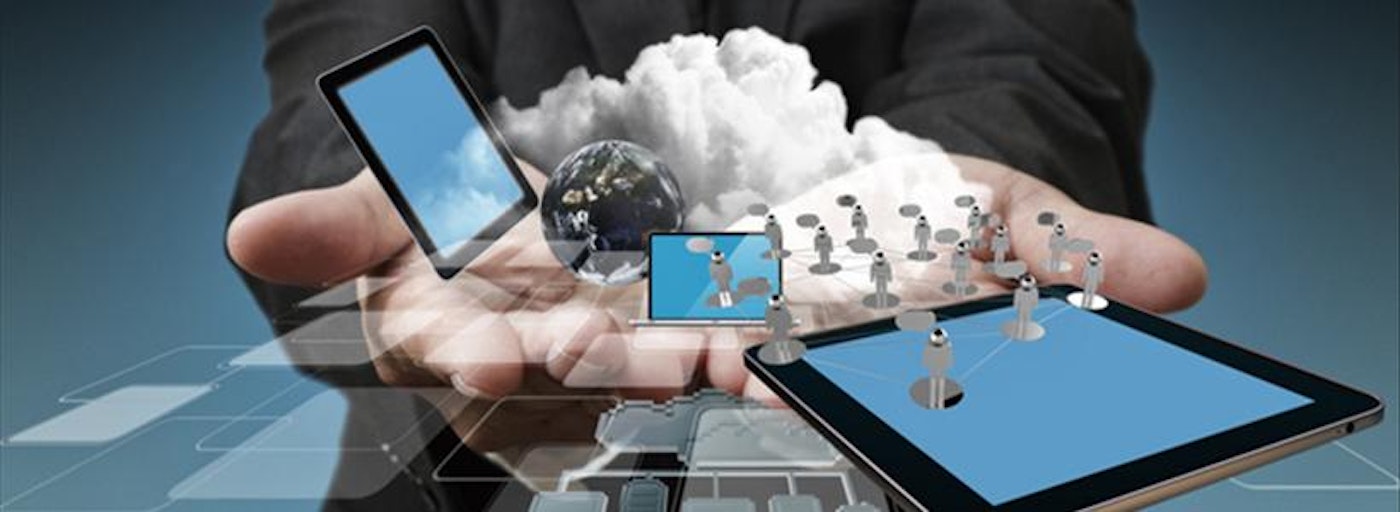When I walk around the office here at Strategic Communications, I notice more and more people using tablet technology to do their day-to-day tasks. Accounting, Sales, Engineering and Service have utilized mobile devices in place of their laptops and desktops without issue. When they go to meetings, they just unhook their tablets from the dock, disengage the HDMI cable that runs to a separate monitor and carry them into the conference room. When I see how my co-workers utilize their mobile devices, the flexibility, ease of use and efficiency become more than apparent.
Other companies and agencies have also become aware of how mobile devices can help them achieve their organizational goals. They have also realized that most of their employees do in fact own and operate smart phones and/or tablets, and are very knowledgeable about those devices. Instead of buying new equipment for employees, employers are now adopting Bring Your Own Device (BYOD) policies. This simply means that employees would be allowed to bring their own mobile devices, such as Dell Venues, Amazon Kindles, Apple IPads or Samsung Galaxy Tabs, in order to accomplish their tasks.
One of the main hindrances of a BYOD strategy is security. There is always a security risk when outside devices connect to a network, but companies have invested in the latest monitoring and anti-virus and/or anti-malware software tools. There are many options to build, manage and secure your BYOD network.
Cisco offers its BYOD Smart Solution package that includes access points, controllers, security, network management and mobile collaboration applications.
Dell offers their Data Protection and Encryption package and SonicWall to protect your data, manage and monitor access to your network.
IBM offers MobileFirst Security, a bundled solution that tackles Device Security, Content Security, Application Security, Transaction Security and Security Intelligence. You can also take advantage of IBM’s Security AppScan Mobile Analyzer 30-day free trial, which scans all of the apps on a mobile device and alerts you of any vulnerabilities.
N-Able’s Mobile Manager ties into its robust N-Central platform. This allows automatic discovery and maintenance of devices, monitors performance, erase unrecoverable devices and integrated patching, anti-virus and backup.
With most enterprise applications running on The Cloud, access to resources, sharing of resources and collaboration are being done more and more through BYOD platforms. The ability of a team to be spread out to cover more accounts, develop more business and increase profitability is being made possible through Cloud and Mobility. The adoption of this new trend can be seen in literally every vertical. In hospitals, nurses are now using tablets to track and monitor patient health. In manufacturing, project managers need to share and communicate what they need accomplished without disrupting lines of production. The Department of Defense is starting to transition as well, for soldiers who are out in the field and need a way to access, share and collaborate securely while being on the move in hostile environments.
The adoption of BYOD is rapidly advancing. Expect to see more companies and agencies to utilize the BYOD platform within their business models in 2015. Expect that number to rise significantly higher in correlation to the rise of The Internet of Things over the next ten years.
About the writer: Danny Herron is the Marketing Coordinator at Strategic Communications, an IT, A/V and Communications integrator headquartered in Louisville, KY. Danny is a graduate of Indiana University with a concentration in Marketing and is also a Cisco Marketing Professional and AWS Business Professional.
Share this Post

